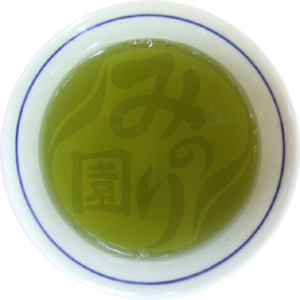Types of Tea
If it is called Japanese tea, generally "green tea" is known, but there is a types of tea various otherwise. I introduce the type of Japanese tea even with high-class tea to broad public tea and tea unusual just for a moment.

That's correct! "Omotenashi" is a Japanese word that embodies the concept of wholehearted hospitality and attentive service. It goes beyond simply providing good service and emphasizes anticipating the needs and desires of guests to create a welcoming and unforgettable experience. The term "Omotenashi" is often translated into English as "hospitality." It reflects the Japanese approach to providing exceptional service and ensuring the comfort and satisfaction of guests.
Japanese Green Tea is the optimal drink for a “Omotenashi” .

If it is called Japanese tea, generally "green tea" is known, but there is a types of tea various otherwise. I introduce the type of Japanese tea even with high-class tea to broad public tea and tea unusual just for a moment.
| The kind of typical tea |
|
|
||||||||
|
|
||||||||
|
|
||||||||


With Sencha, let the water temperature drop to around 70 degrees Celsius. For this, pour the hot water into the pot and then into the cups.
Then, place two tablespoons of Sencha leaves into the pot. In this demonstration we use two cups, but with this amount of tea you may use up to 5 cups.
The steeping time for Sencha is about 45-60 seconds. The tea leaves will start to unfold. The higher the water temperature, the faster they unfold.
Please pour the tea into each cup little by little, alternating between the cups in the sequel of 1-2-2-1-1-2-2-1・・・ This way, we ensure that the strength of the tea in both cups is about the same.
Again, please pour all of the tea into the cups to ensure that the leaves are as dry as possible for the next serving.
For this reason, it is good not to place the lid on the pot after you have served the tea.
Please drink delicious tea.

Pottery of the place of production over Saga and Nagasaki prefectures, such as Arita, Imari, and Hasami. A style is seen for every area and a difference is looked at by the pattern. It develops as export to the world, and a historied place of production.
Many ingredients are contained in tea and various healthy effects are brought about. Effect increases not only in what depends the healthy effect of tea on a single ingredient but in a synergistic action.
Article | PDF (336K)
US National Library of Medicine National Institutes of Health
2790-5, Honmachida, Machida-shi,
Tokyo, 194-0032, Japan
E-mail : info@minorien.jp
URL : https://minorien.jp/